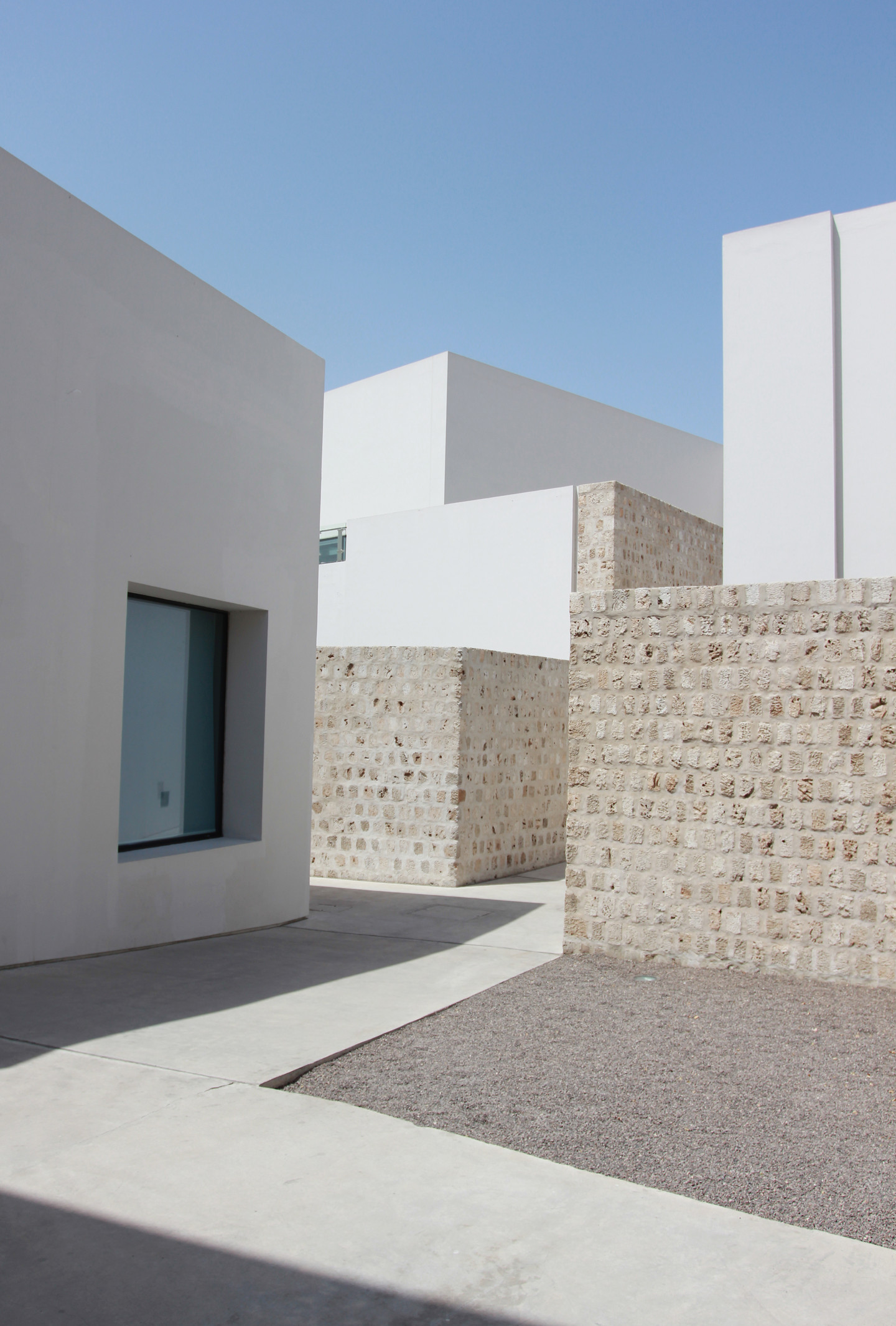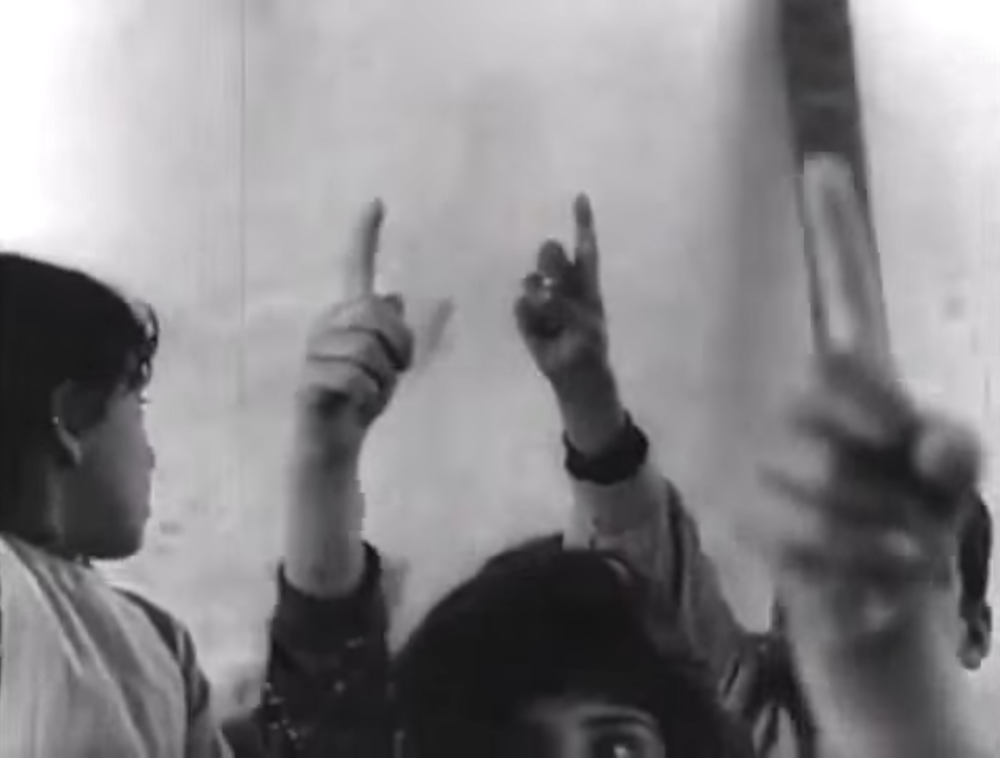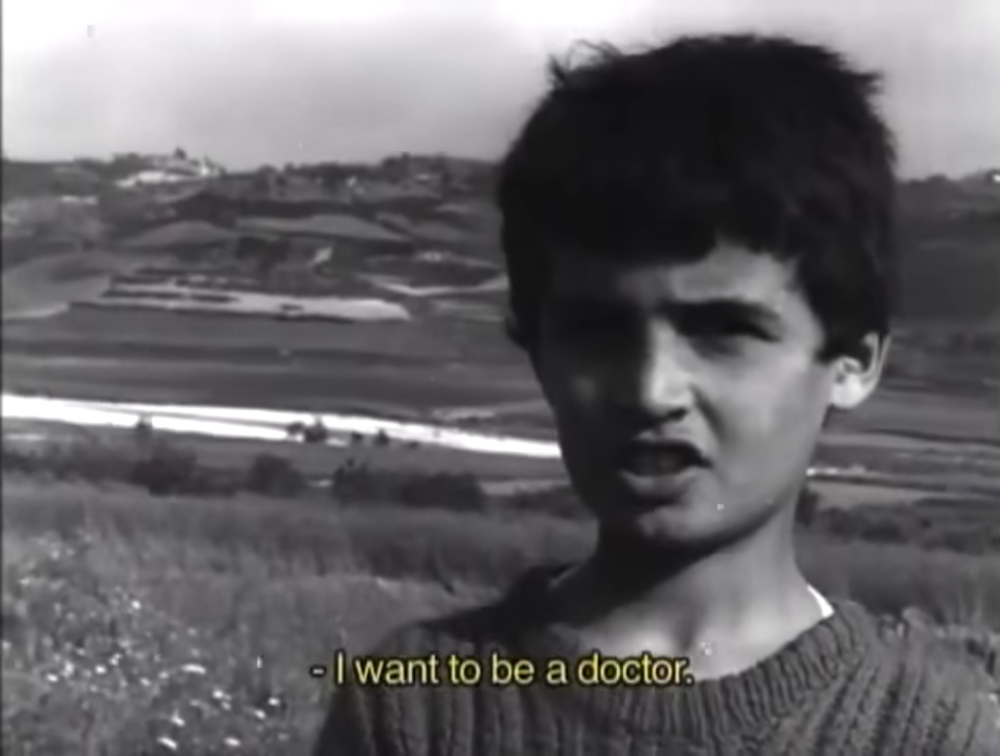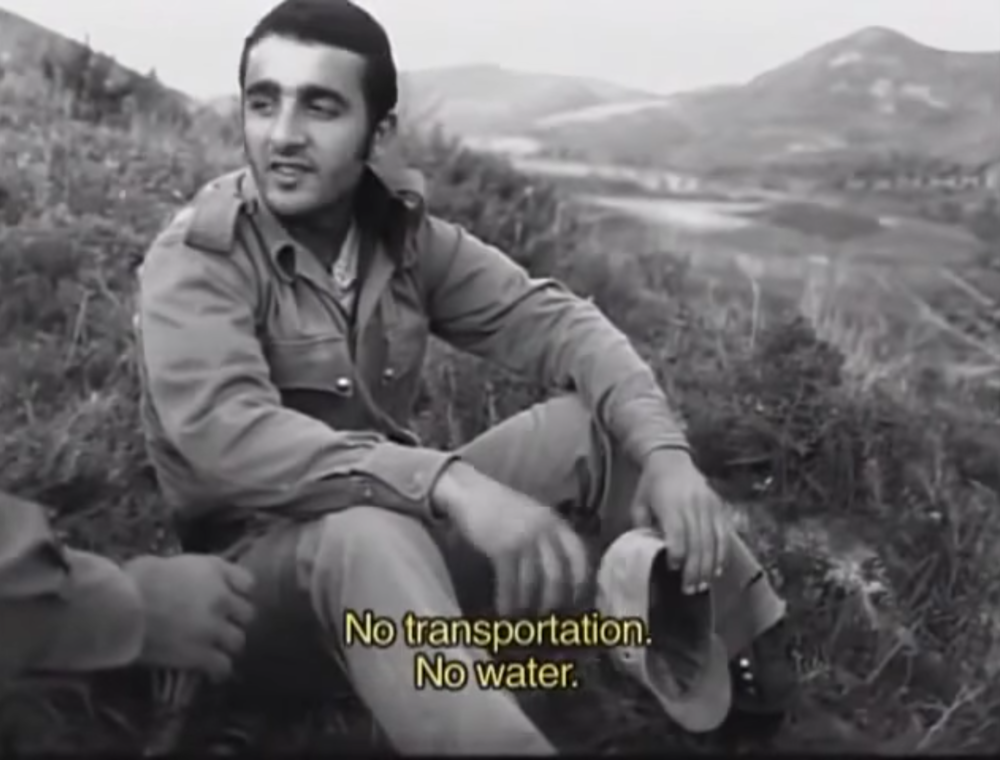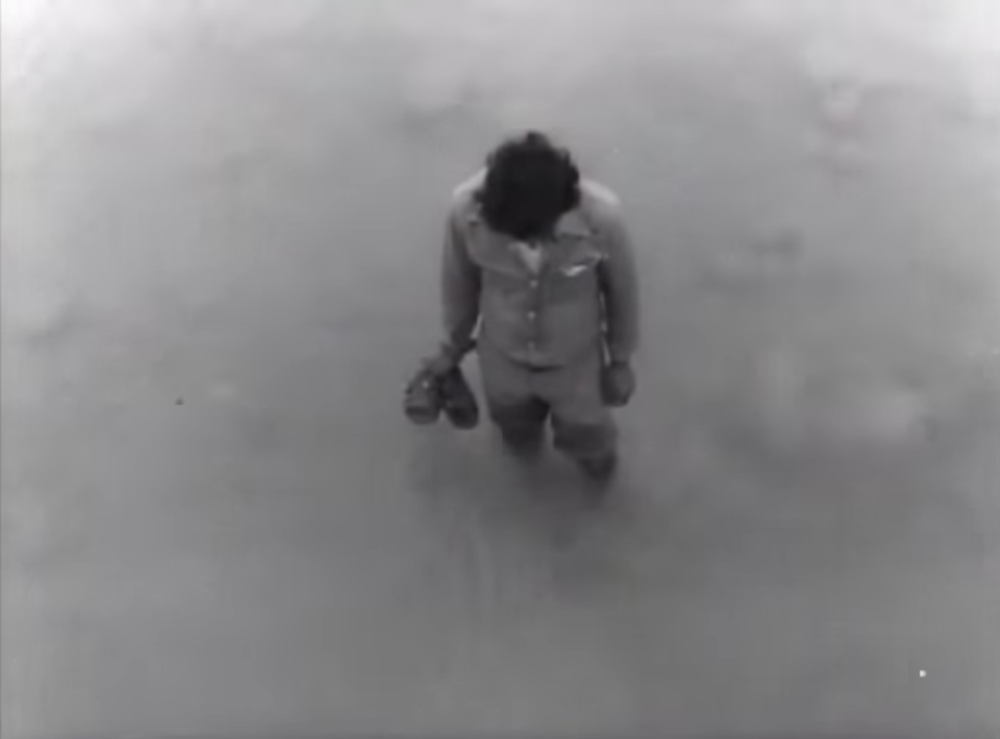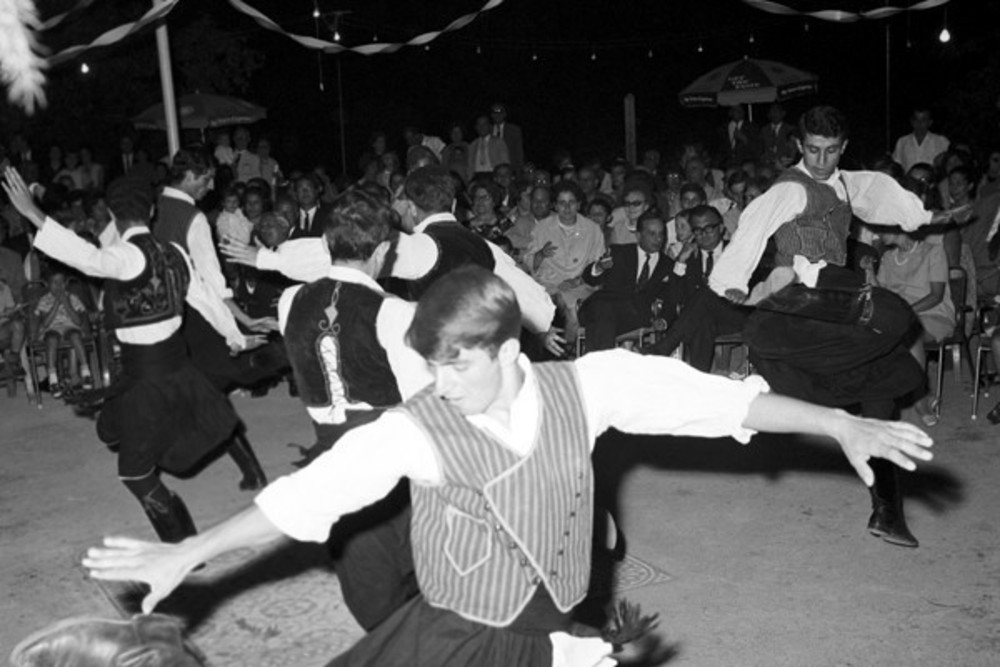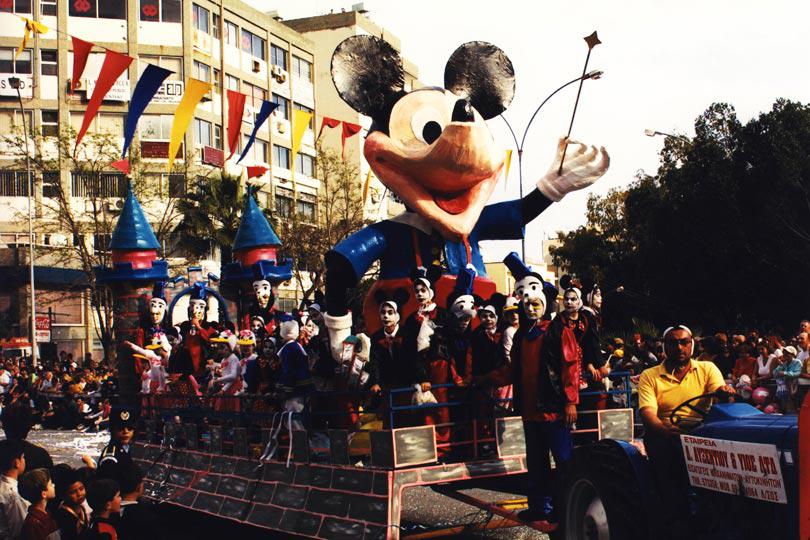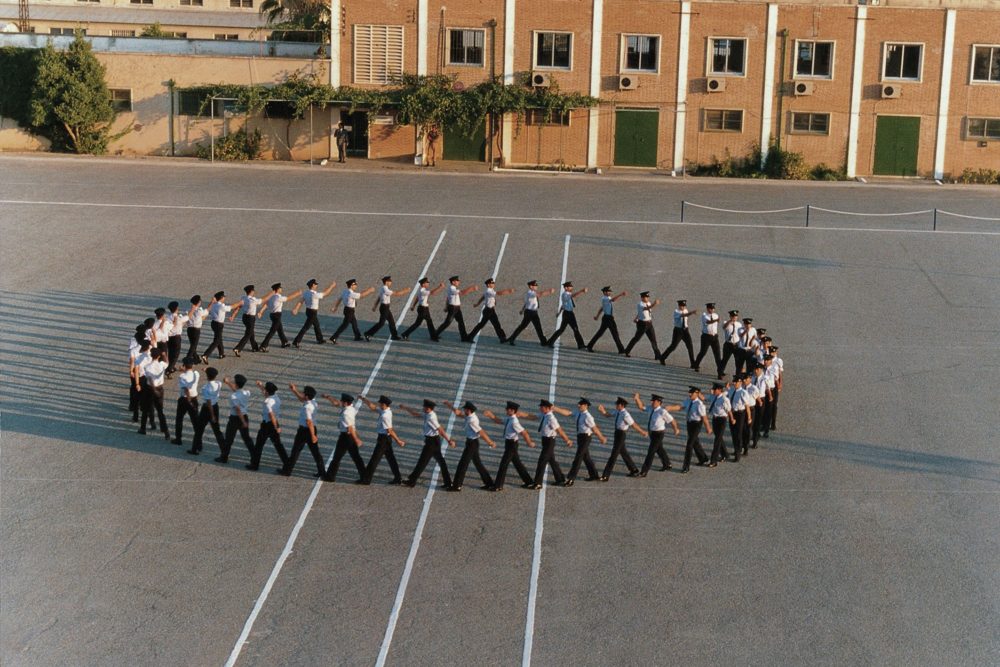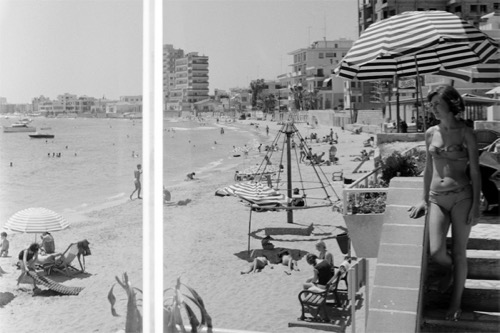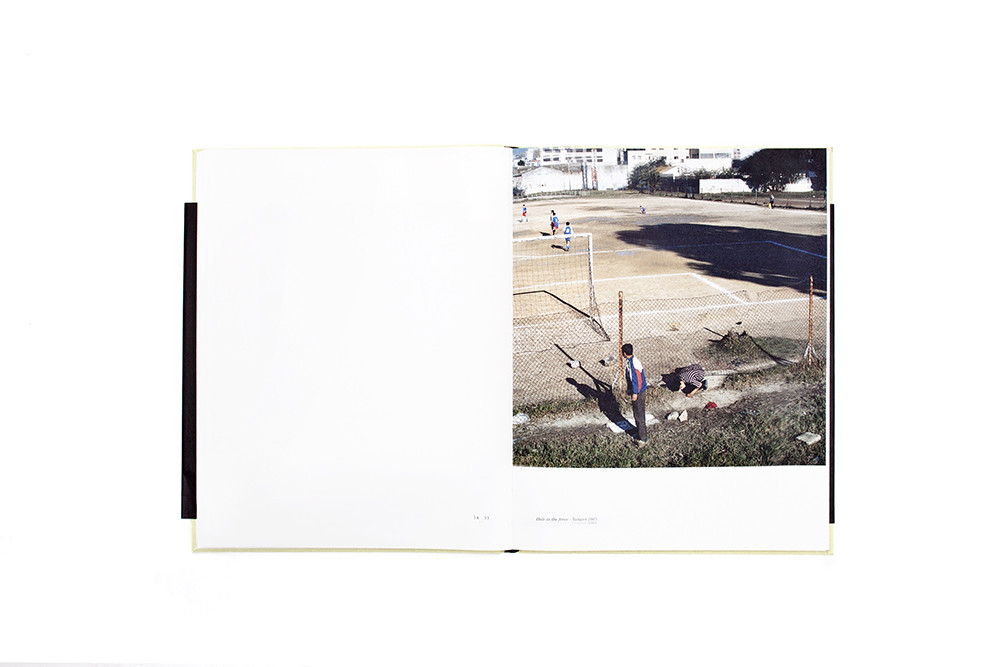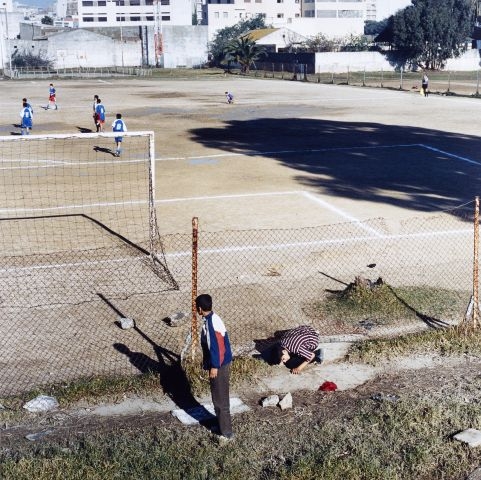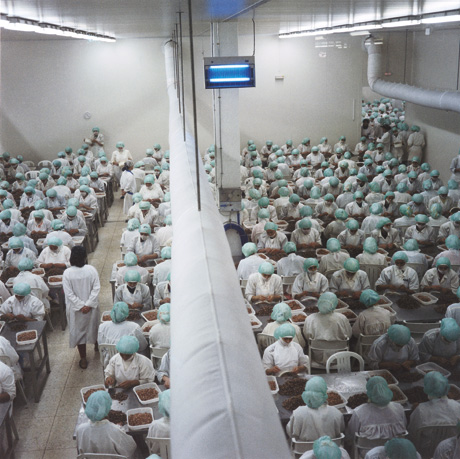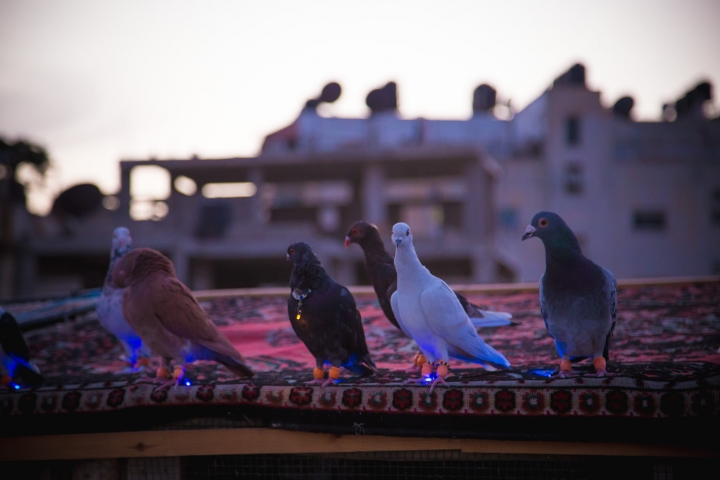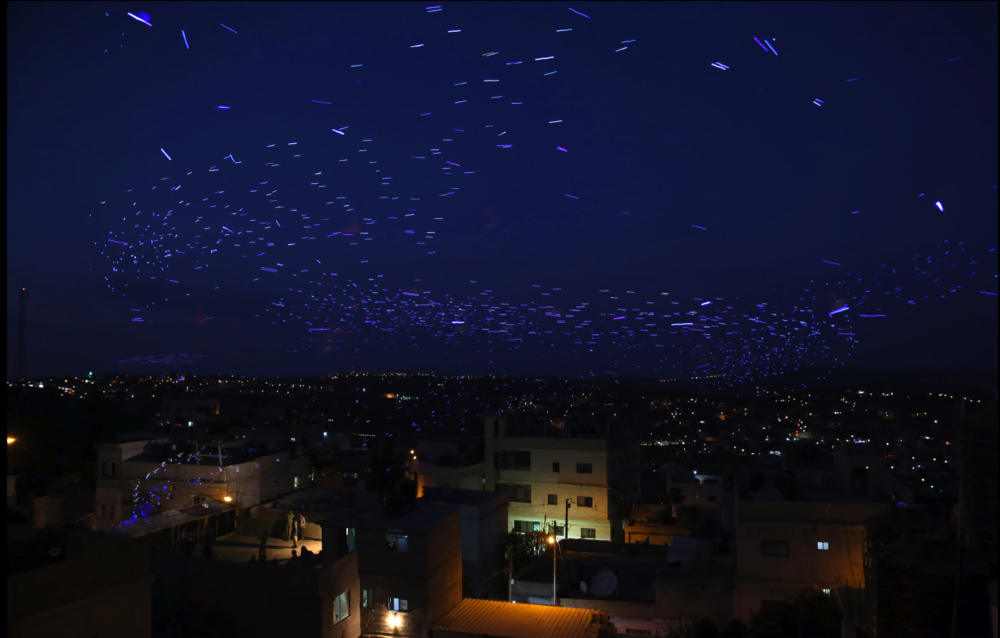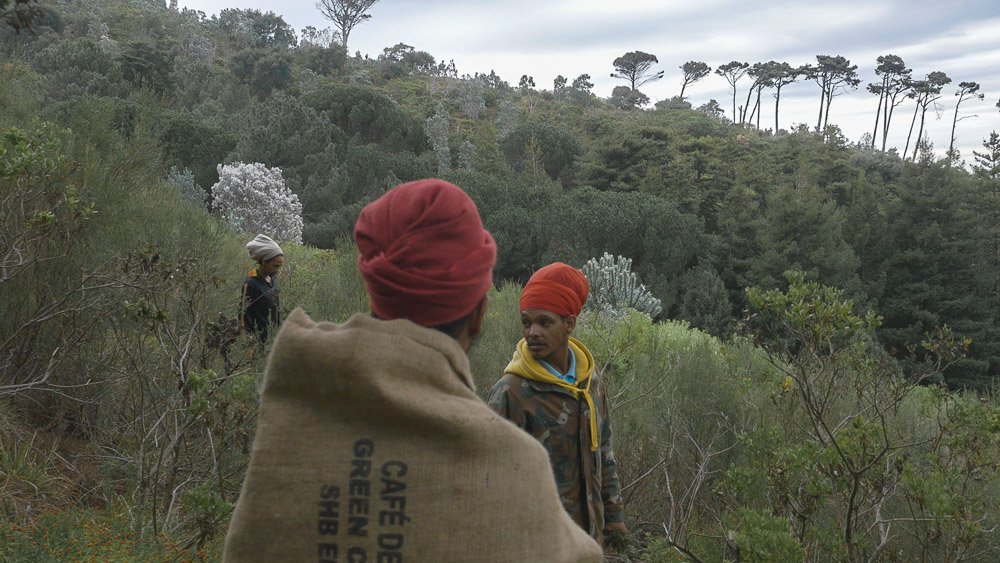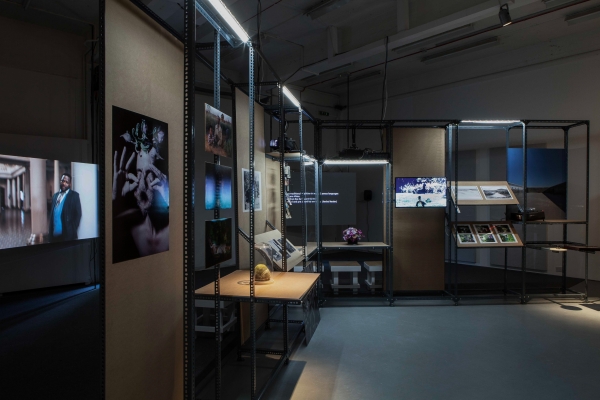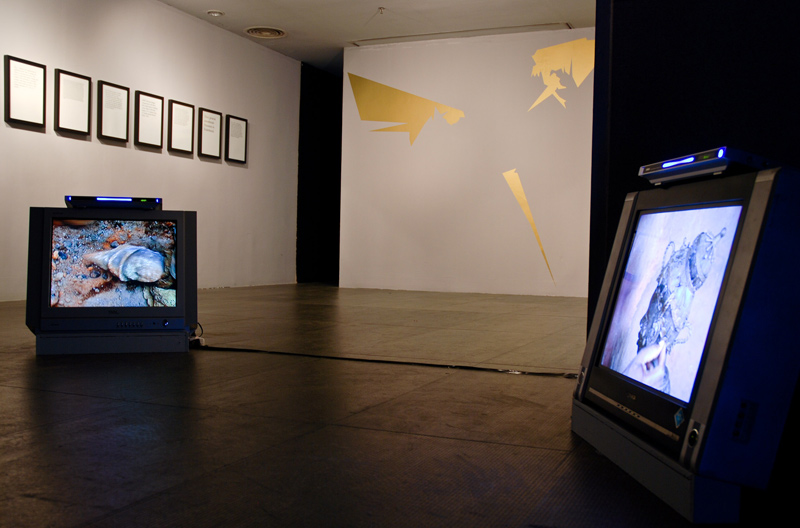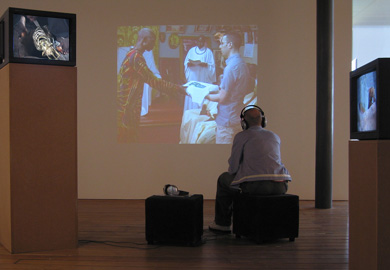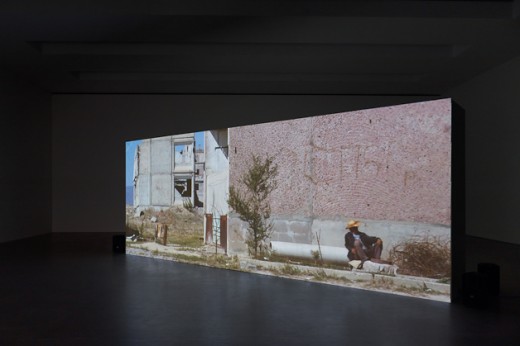Christine Tohme is the curator of Sharjah Biennial 13, called Tamawuj, which opens to the public on 10th March 2017.
The Arab term Tamawuj was chosen for its different and meanings: a rising and falling in waves; a flowing, swelling, surging or fluctuation; and a wavy, undulating appearance, outline or form. This multiplicity and fluidity aspect is the reason why Tohme uses this title to indicate the goals of SB13, which aims to challenge the ideals of large-scale, centralised exhibitions with a vision that is dynamic, discursive and locally rooted.
Syrian cinema’s pioneer Ossama Mohammed, in occasion of Sharjah Biennial 13, presents his first short film-documentary about the Baath regime, Step by Step (1978). This 25 minute film is a scary and penetrating portrait of how the Baath regime in Syria turned generations of farmers into citizen-soldiers.
Step by Step begins with a question ever uttered directed to the children: “what do you want to do when you grow up?”, and their answers are the doctor, teacher, engineer, but when you move on with the film it becomes painfully clear that their only real escape from poverty is to join the army. The movie illustrates a frightening, captivating and insightful portrait of the Baath regime.
Christodoulos Panayiotou‘s work through the visual image investigates on how culture is produced and perceived. His practice could be described as an archaeological study. Objects and images, that recall document or monumentalization, become the center of research that seeks to identify and examine the role of archetypes and tradition in modern society.
In many projects Christodoulos Panayiotou, through images showing rituals and ceremonies, has explored the mechanisms of identity creation and construction of a public nature. These images come from Cyprus’s archives, especially since 1960s, when Cyprus celebrated its newfound independence. In this consideration, should be named The Invention of Tradition and The Invention of Folklore (2011), Wonder Land (2008), Never Land (2008) and I Land (2010).
Yto Barrada‘s work explores the peculiar situation of Tangier. From her first major series, A Life Full of Holes: The Strait Project (1998–2004), Barrada has been interested in informal and parallel economies as survival strategies.
In this famous series Barrada photographed the Strait of Gibraltar the domestic scene, construction sites, natural landscapes, urban environments on its Moroccan side. Her focus on holes, ditches, and impassable roads symbolizes the obstacles faced by Africans who wish to enter in Europe.
Afterwards her work has explored, certain forms of “resistance” as smuggling, the subversion of public space, satire and humor and magic.
Palestinian-American artist Nida Sinnokrot is known for his films, installations and sculptures that explore the traumas generated by the Israeli-Palestinian conflict.
One of Sinnokrot’s latest works is Flight – Jalazone: in this performance the artist has linked the LED lights to the legs of pigeons. The resulting image is a lively and bright constellation in the sky above the field Jalazone. Jalazone was a refugees camp located in the north of Ramallah and directly borders Beit El; built in 1949 it had a population of approximately 10,000 refugees in little more than one square kilometer. The image of birds, with its freedom and nomadic movement, is in contraposition to the constriction of Palestinians that was perpetually controlled by their ID cards, checkpoints and the violent threat.
Other interesting and explanatory projects for his work are the Palestine Blues (2005) and Rubber-Coated Stone (2002).
Uriel Orlow’s multimedia installations reflect his interest in role of the artist as archivist and historian, and explore the roles language’s, the image and memory played in structuring our experience. He uses a wide range of media (film, photography, sound, print, writing, drawing and extensive archival research) to produce works that often have their starting point with traumatic historical events. Individual projects consider embedded meanings and the evocative potential of particular geographical locations, historical sites, politicised places, body memories, archives or libraries. By doing so, he challenges official histories, across a sideways glance on representation and forms of haunting. Among his research projects we find The Benin Project (2007 – 2008), Remnants of the Future (2010 – 2012) and the new body project Theatrum Botanicum.
Ossama Mohammed, Step by Step. Video Frame.
Christodoulos Panayiotou, The Invention of Tradition, 2011. Image courtesy the Artist and Rodeo Gallery.
Christodoulos Panayiotou, Wonder Land, 80 color slides, 2008. Image courtesy the Artist and Rodeo Gallery.
Christodoulos Panayiotou, Never Land, 153 color slides, 2008.Image courtesy the Artist and Rodeo Gallery.
Christodoulos Panayiotou, I Land, 160 black-and-white slides, 2010. Image courtesy the Artist and Rodeo Gallery.
Yto Barrada, Le Détroit, Boulevard Playa, Tangier 2000.
Yto Barrada, Factory 1, shrimp peeling in a facility in the Free Trade Zone, Tangier, 1998.
Nida Sinnokrot, Flight–Jalazone, Pigeons LEDs, 2016.
Uriel Orlow, The Benin Project, 2008. Installation view, Guangdong Museum of Art, Cina 2008.
Uriel Orlow, Remnants of the Future, 2010. Installation view, CentrePasquArt, Biel, 2012. Photo credits David Gagnebin.
Uriel Orlow, Theatrum Botanicum, Mafavuke’s Trial and Other Plants Storie, 2016.
http://www.sharjahart.org/
http://www.ytobarrada.com/
https://www.nidasinnokrot.com/
